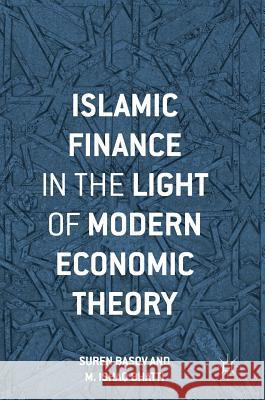Islamic Finance in the Light of Modern Economic Theory » książka
topmenu
Islamic Finance in the Light of Modern Economic Theory
ISBN-13: 9781137286611 / Angielski / Twarda / 2016 / 173 str.
Kategorie:
Kategorie BISAC:
Wydawca:
Palgrave MacMillan
Język:
Angielski
ISBN-13:
9781137286611
Rok wydania:
2016
Wydanie:
2016
Ilość stron:
173
Waga:
0.34 kg
Wymiary:
21.34 x 15.24 x 1.52
Oprawa:
Twarda
Wolumenów:
01
Dodatkowe informacje:
Bibliografia
Wydanie ilustrowane
Wydanie ilustrowane











